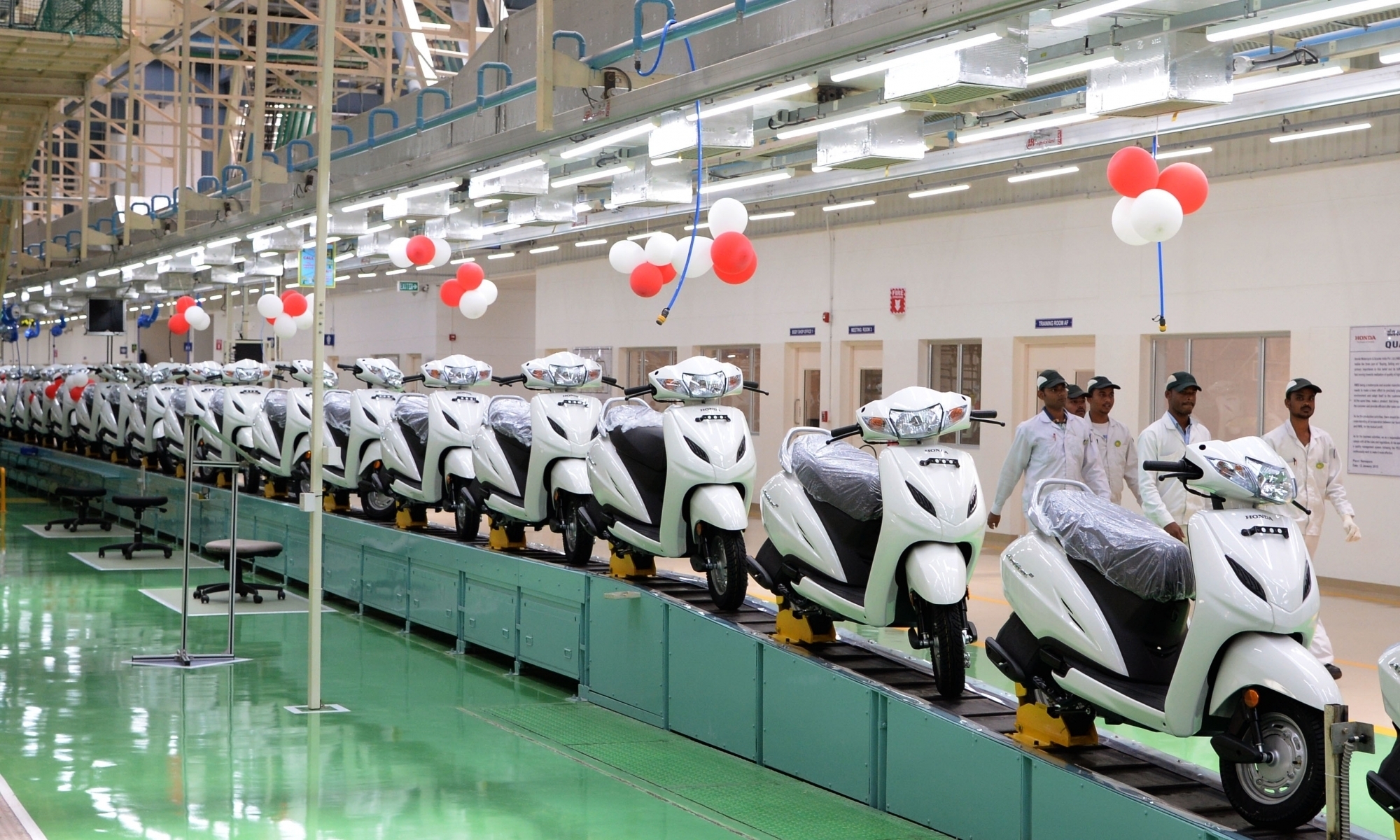India has just implemented a comprehensive set of Goods and Services Tax (GST) reforms targeted specifically at the automobile sector, a move that aims to make vehicles more affordable, support Micro, Small & Medium Enterprises (MSMEs), boost demand, and enhance domestic manufacturing. Announced via a PIB factsheet on 11 September 2025, the reforms reduce GST rates across many vehicle categories and auto components. The government’s goal is not just to lower prices, but to foster a healthier auto ecosystem that increases employment, improves supply chains, and promotes greener mobility.
Under the new regime, two-wheelers up to 350 cc will see their GST decrease from 28% to 18%, making bikes more accessible, especially to youth, rural users, gig-workers, and lower/middle-income households. Small cars, both petrol (under 1200 cc and less than 4 metres in length) and diesel (under 1500 cc, under 4 metres), will also shift from 28% down to 18%. For large cars, the GST is fixed at a flat 40%, and notably, the additional cess has been removed, simplifying taxation and allowing these vehicles to benefit from full Input Tax Credit (ITC), which was restricted earlier.
The changes go beyond passenger vehicles. Tractors with engine capacity under 1800 cc will see GST reduced from 12% to 5%, and components such as tyres, tubes, hydraulic pumps, and others for tractors will also attract just 5% GST, offering significant relief to the agriculture supply chain and related MSMEs. Commercial goods vehicles (trucks, delivery vans, etc.) will see a decrease from 28% to 18%, which will lower initial costs and potentially ease logistics expenses for transporting goods, benefiting farmers, traders, and consumers alike.
Auto parts and components have uniformly been brought down to 18%, regardless of the HS code. This harmonisation is expected to remove tax distortions, reduce costs for manufacturers, and improve the competitiveness of the auto components industry.
The reforms are expected to trigger broader benefits: as vehicle prices fall, demand is likely to rise naturally. That will help dealerships and ancillary industries like battery makers, the tire and glass industries, electronics, plastics, steel, and small garages. More demand means more jobs, both directly in manufacturing and indirectly in services, logistics, financing, and maintenance. It will also encourage the replacement of older vehicles with newer, cleaner ones, paving the way for a better environment and improved mobility.
From a policy perspective, the changes deliver clarity and certainty. Removing the cess on large cars, making GST slabs more consistent, and applying full ITC where possible reduces tax complexity. This gives manufacturers and buyers more predictability, helping investment decisions in auto manufacturing, especially under the “Make in India” and PLI schemes. Plus, aligning these reforms with the National Logistics Policy helps ensure that goods movement, supply chain costs, and transportation inefficiencies are addressed together.
Overall, the GST reforms in automobiles reflect a balanced approach: easing burdens on consumers, strengthening Indian auto manufacturers, and unleashing downstream benefits for MSMEs and logistics. If carried out well, these reforms could reshape affordability, accessibility, and competitiveness in India’s auto market in the coming years.
















